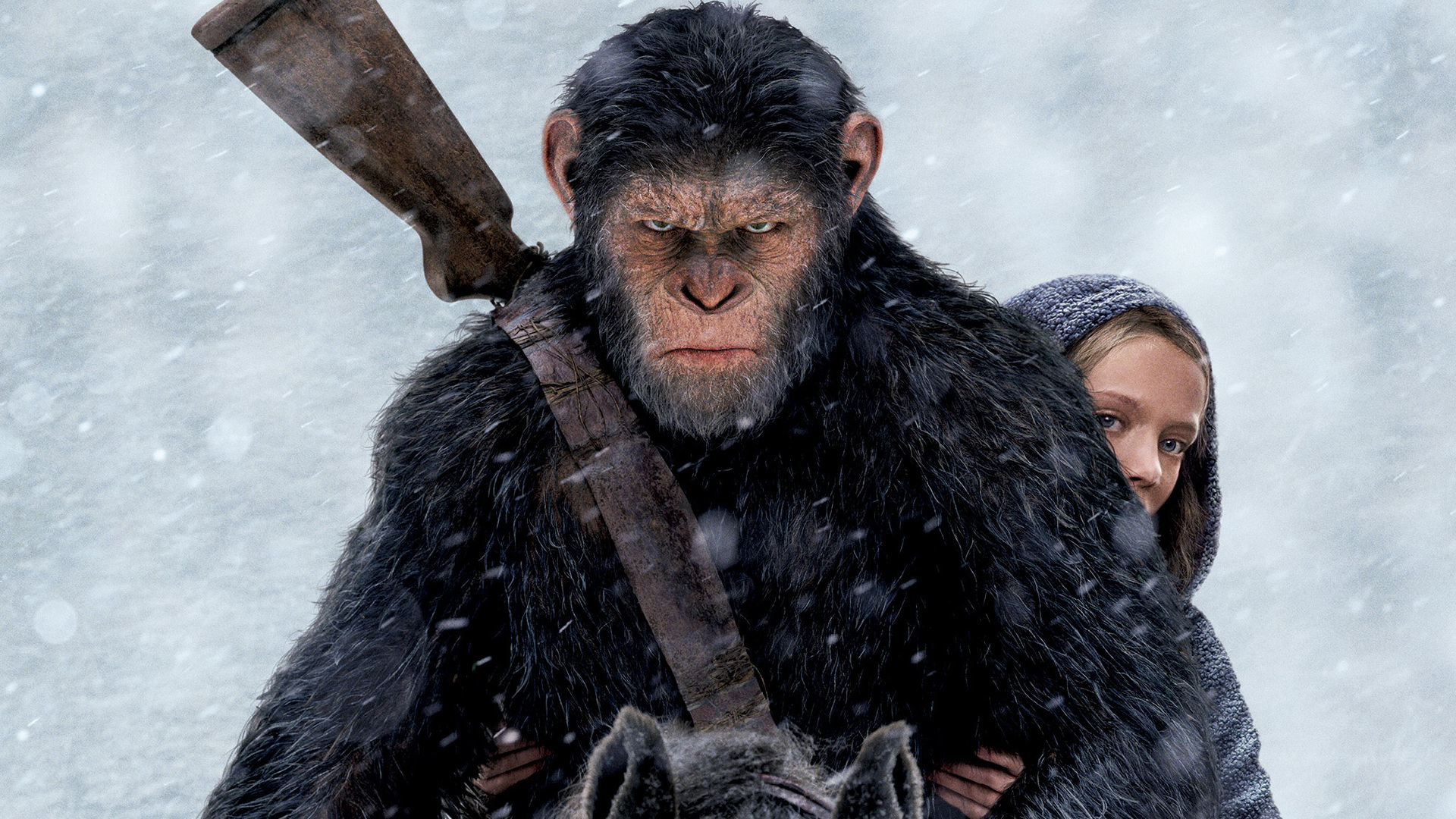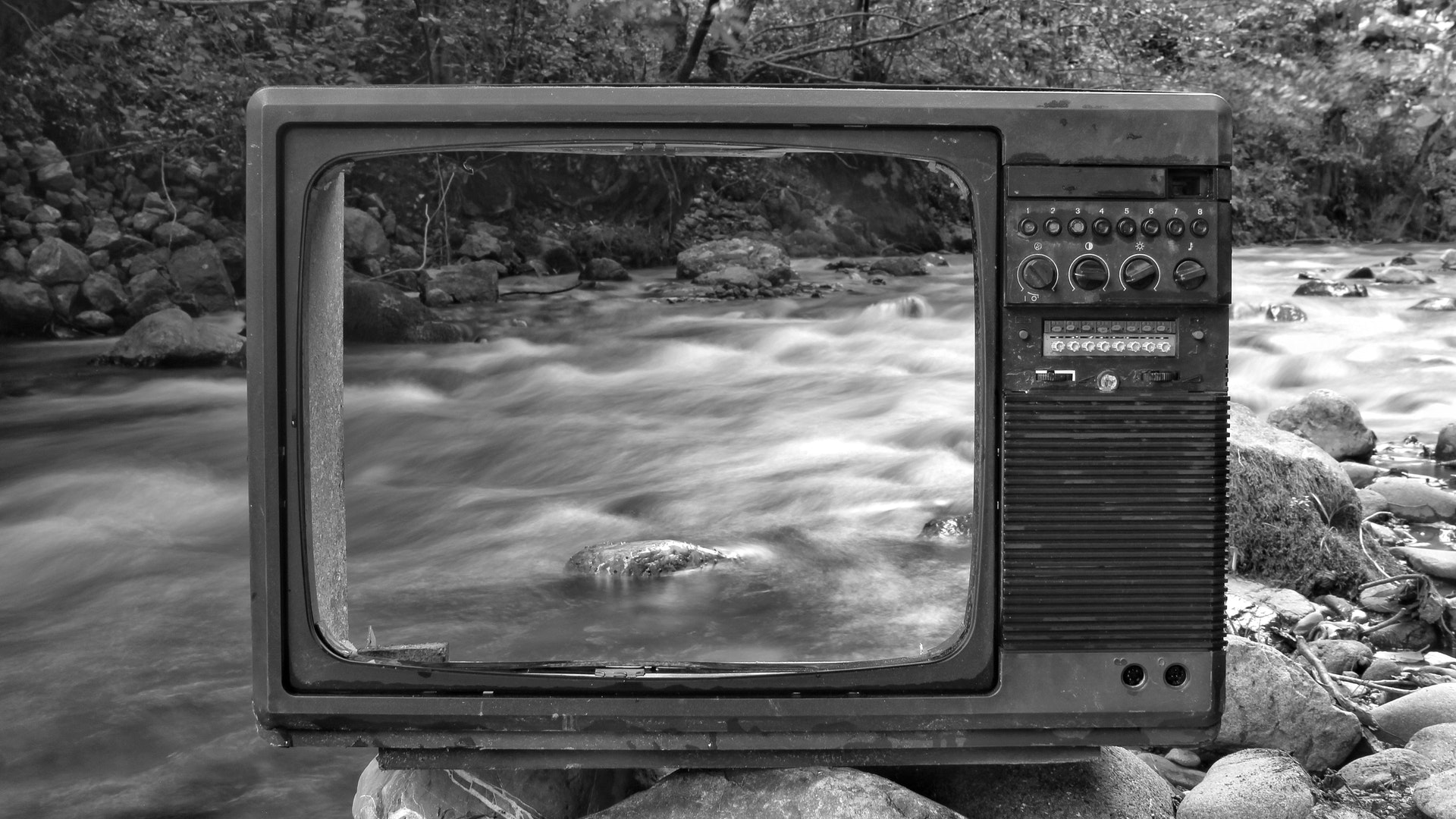Since 2011’s Rise of the Apes, both the Hollywood VFX community and audiences have been mesmerized by the ground-breaking digital motion-capture work that gave the movie’s simians life with eerily human emotions and expressions.
The actor Andy Serkis was embroiled in a debate over whether “mo-cap” performances should be considered award contenders in acting categories when that movie is now available for home viewing on Blu-ray and DVD, beginning a trilogy that began with Dawn of the Planet of the Apes in 2014 and ends with War for the Planet of the Apes in 2018.
In the most recent movie, the brutal fight between humans and apes reaches its apex, where Serkis plays Caesar once more. This pushes the series’ grim (and current) themes of racial injustice, animal rights, and the inevitable struggle between species to their breaking point.
Even though I’m a big believer in a filmmaker’s responsibility to give credit where credit is due, I think Weta Digital’s animators and VFX artists deserve just as much credit for translating Serkis’ green-screened performance into the final result.
We were therefore invited to Weta Digital’s studios in Wellington, New Zealand, for a crash course in not only playing an ape onscreen but also attempting to animate one to gain a better understanding of what goes into creating the movie’s photo-realistic ape characters—and immerse me in the world of mo-cap VFX.
assuming a character
When you get to Weta Digital’s studios, you realize how bland these important premises for the VFX industry are. You would have difficulty figuring out the presence if you didn’t already know it, even though Weta occupies a sizable portion of Wellington’s eastern peninsula and is centered in the sleepy suburb of Miramar.
Dan Lemmon, a Californian who relocated to New Zealand to work on The Lord of the Rings trilogy and stayed, gave the first presentation at Weta’s Park Road Post Production facility (we’re sorry, images weren’t allowed here). He was the visual effects supervisor on War for the Planet of the Apes. After receiving his briefing on the team’s duties, I was told to proceed to the motion capture setup so I could begin dressing up.
Before I could be trained as an ape, I had to get fitted for a mo-cap suit and have my body dimensions entered into Weta’s computers. The measurements of a mo-cap case are unattractive, but with little assistance, I was ready to have my body scanned before we started.
The suits are equipped with microscopic markers—which resemble small balls—all over them that reflect light from infrared cameras and allow Weta’s mo-cap computers to record any movement in their range of view. I was instructed to do this while I stood up on stage and moved my arms, legs, and torso to assist create a 3D representation of my proportions for later usage.
Then I was coached through a Dan Lemmon scene. Before I could go to Caesar and the crew, I would be moving through a massive crowd scene with hundreds of other simians with another ape (actor Allan Henry) while improvising a few lines for the camera. Allan and I are the only people in the mo-cap suits, and we’re just bumbling about the set after a big weekend but with a little more purpose.
It wasn’t easy to get into character, making me appreciate what these guys do. From my rendered VFX clip, which you’ll see later, Allan had pretty much every action down pat. He even told me how he cleverly incorporated his injuries into his characters’ movement and changed things based on his own body’s telling him that particular day. Excellent work.
First-person introduction to facial animation at Weta
Animation Supervisor Dennis Yoo, a Canadian who, like Dan Lemmon, relocated to New Zealand to work on LOTR and stayed for subsequent projects, guided me through some of the most astounding technology used throughout the trilogy’s facial animation. The Weta team uses the facial animation software, Maya by Autodesk, so Dennis showed me the ropes by placing a render of Bad Ape, portrayed in Steve Zahn’s film, adjacent to his 3D facial model. Dennis then challenged me to try to match Zahn’s facial expressions using only the software and some advice from the king of facial animation (Dennis).
We started right in, starting with the jaw of the Bad Ape, then moving on to various areas of the face. Even though it was one-on-one training with a master animator from Weta, I rapidly realized how terrible I was at using the computer, and things quickly went south for me. Despite Dennis’ assistance, I had trouble for most of the session and realized how laborious and time-consuming facial animation is.
Another important lesson I learned is that, despite my abject lack of talent, Dennis’ ability to adjust even the smallest aspect of Bad Ape’s face to shift his expression completely means that a lot of what appears onscreen can still be changed after the fact by Dennis and the facial animation team.
Understanding facial animation at Weta
My head is enormous. There’s no denying it, and several of my friends frequently tease me about it (it’s not the biggest, I know, but it’s not far off). Although the full head-mounted facial capture rigs used in the film were not present in my stage role, I still had the opportunity to wear one and have George Redmond, a Motion Capture Tracking assistant, describe the entire process to me.
According to George, the helmets are specially built to fit each performer’s head, maximizing comfort and allowing them to concentrate on their performance. The apparatus I used was the one Steve Zahn wore in the film, which was quite cool even though I couldn’t wear it without discomfort (George told me Zahn had a fairly normal-sized dome; thanks for reinforcing my own head’s size, buddy!).
Again using 3D scans, “we also employ one of these vacuum-molded masks for each actor. Then, on the first day of the shoot, we’ll go through and mark each performer’s unique network of dots on their face, which will allow us to capture their facial movements in their natural state,” George continued as he held Zahn’s mask in front of me. Unfortunately, I could not test the other dots that had been applied to my face due to time restrictions, but George’s description of how things operate satisfied my need for a quick overview.
changing for a day to an ape
We’re almost there, but before Allan and I looked over my rendering, I had a chance to chat with a few Weta employees and learn about the production’s tough schedule and how the trilogy’s filmmaking process has evolved. Despite at the time cutting-edge animation technology used in Dawn of the Planet of the Apes, the Weta team has gone to tremendous pains to advance its technique from movie to movie.




